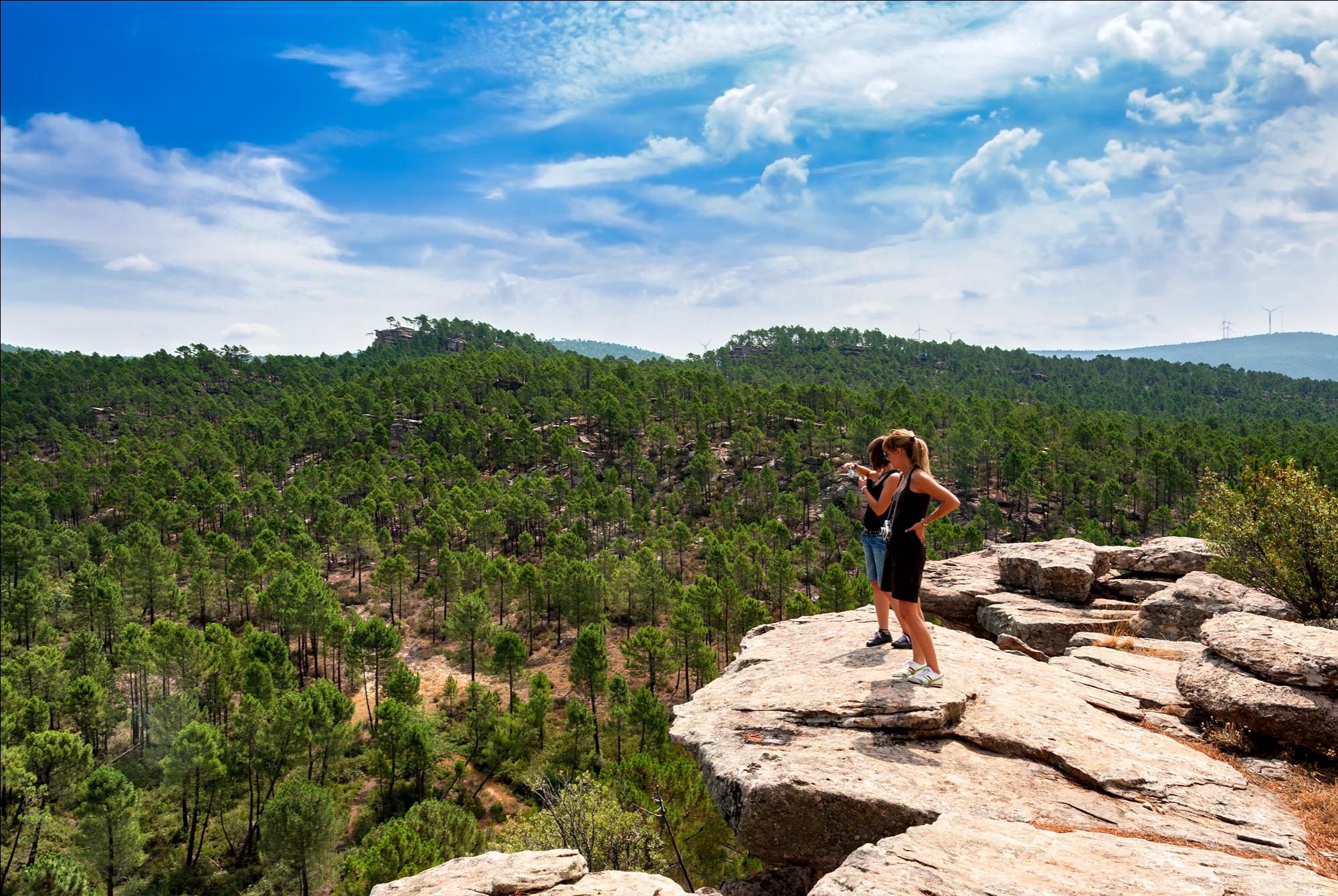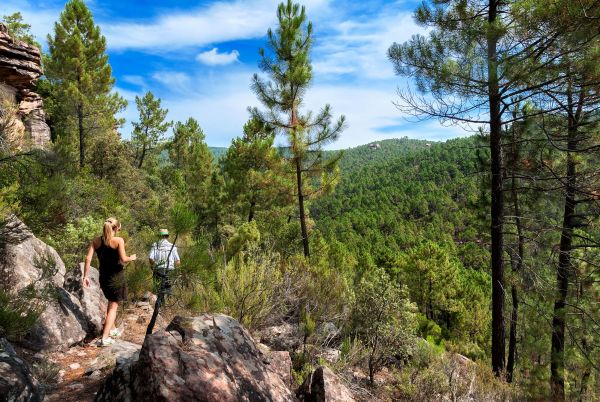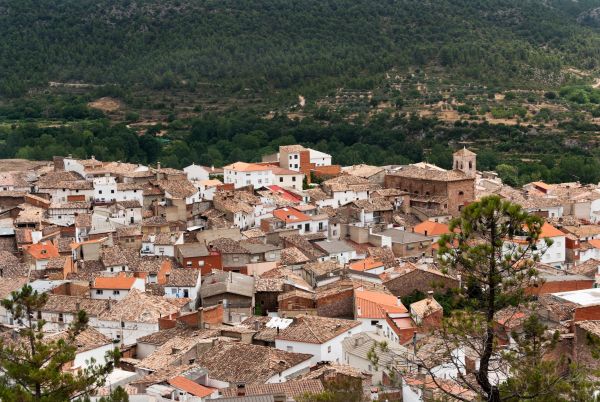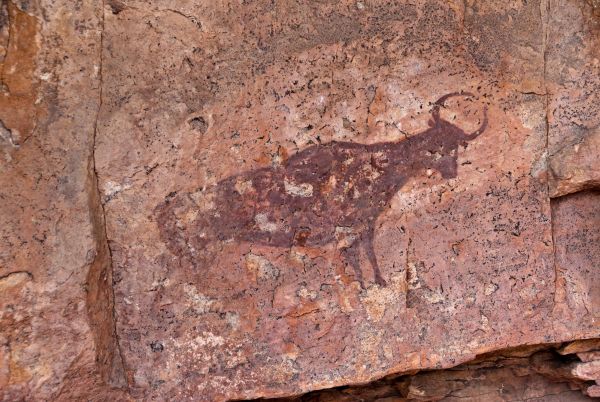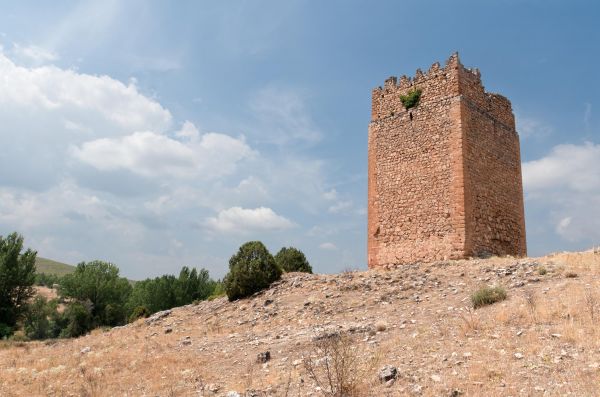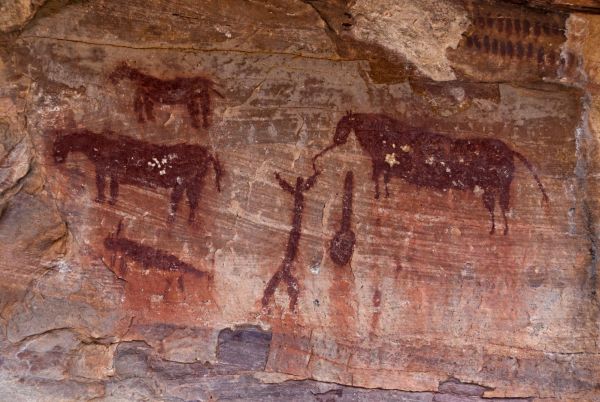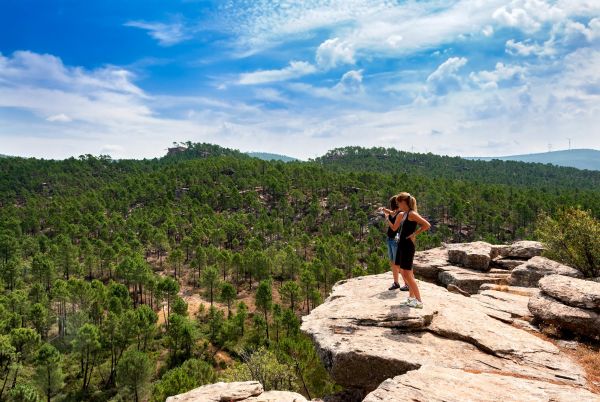Villar del Humo. 10,000-year-old art
Cuenca
Villar del Humo, “where art and nature become blurry”. The town is located next to the Vencherque river, a tributary of the Cabriel, which meanders around the boxed town and forms scenery featuring sandstone gorges and extremely beautiful river vegetation.
This is the perfect spot for outdoor tourism activities, from white-water rafting to mycological, hunting and leisure fishing activities. Both for these activities and visiting the sites, we recommend hiring the services of a specialised company.
Very near the town, the Vencherque riverside walk (SL-CU 07, belonging to the Official Cuenca Registry of Walks), is a lovely trip following the river on both banks, visiting a recreation area, and seeing black poplars, ash trees and birch, which takes around an hour.
However, Villar del Humo has acquired fame due to the conservation of a rich collection of cave art grouped in a series of shelters and spots, all in the mountain area of Sierra de las Cuerdas, between the Mesto and Cabriel rivers, 12 km from the town. This area is known as the Villar del Humo Cultural Park, a 27 km closed circuit path.
The cave art shelters are found in three areas inside said cultural park: Peña del Escrito, Marmalo and Selva Pascuala. There are another 50 shelters that are not yet visitable.
In the town, the Sierra de las Cuerdas Interpretation Centre is the perfect place to begin our excursion to the paintings, and showcases the town’s full cultural wealth.
There are different types of routes for seeing the paintings, depending on the length and number of sites. For instance, the longest excursion will be approximately 6-7 hours and we’ll see all the shelters: Peña del Escrito, Selva Pascuala and Marmalo; as well as some impressive scenery (such as the Balbina Tower and Peña de San Antonio) and civil monuments (the Barrachina Tower, a 12-metre high construction considered the least accessible in the whole province). The shorter routes only include part of these places.
The Balbina Tower deserves a longer description, as it’s the most iconic local spot: this delight of nature is a rocky formation over 25-metres high and over 230 million years old. There’s a nearby lookout point, which allows us to admire the surrounding landscape in all its glory.
All these paintings belong to the Cave Art of the Mediterranean Arch of the Iberian Peninsula and were declared, like all the places under this title, a World Heritage Site by UNESCO. A total of 170 figures are known, which include two types of cave art: the oldest, from the Mesolithic age (around 8,000 B.C.), in more reddish hues, represent human figures, animals and naturalistic scenes; and Neolithic (around 6,000 B.C.), in tones ranging from orange to bluish chestnut, with more abstract, symbolic subject matter and schematization.
At Villar del Humo, it’s difficult to separate nature and cave art; the magic of this environment is related to the fact it was chosen as a settlement by some of the early inhabitants.
The caves may be closed at times in winter for conservation purposes. We recommend calling the town hall first.
http://www.aytovillardelhumo.org/
http://www.descubrecuenca.com/
http://www.senderosdecuenca.org/index.php/es/component/content/article?id=209:slcu07
May also be of interest to you
Castilla-La Mancha Tourism in 2023. All rights reserved.
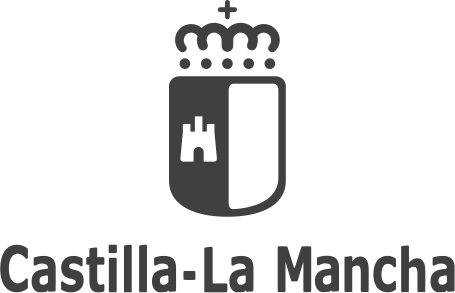
 365
365
